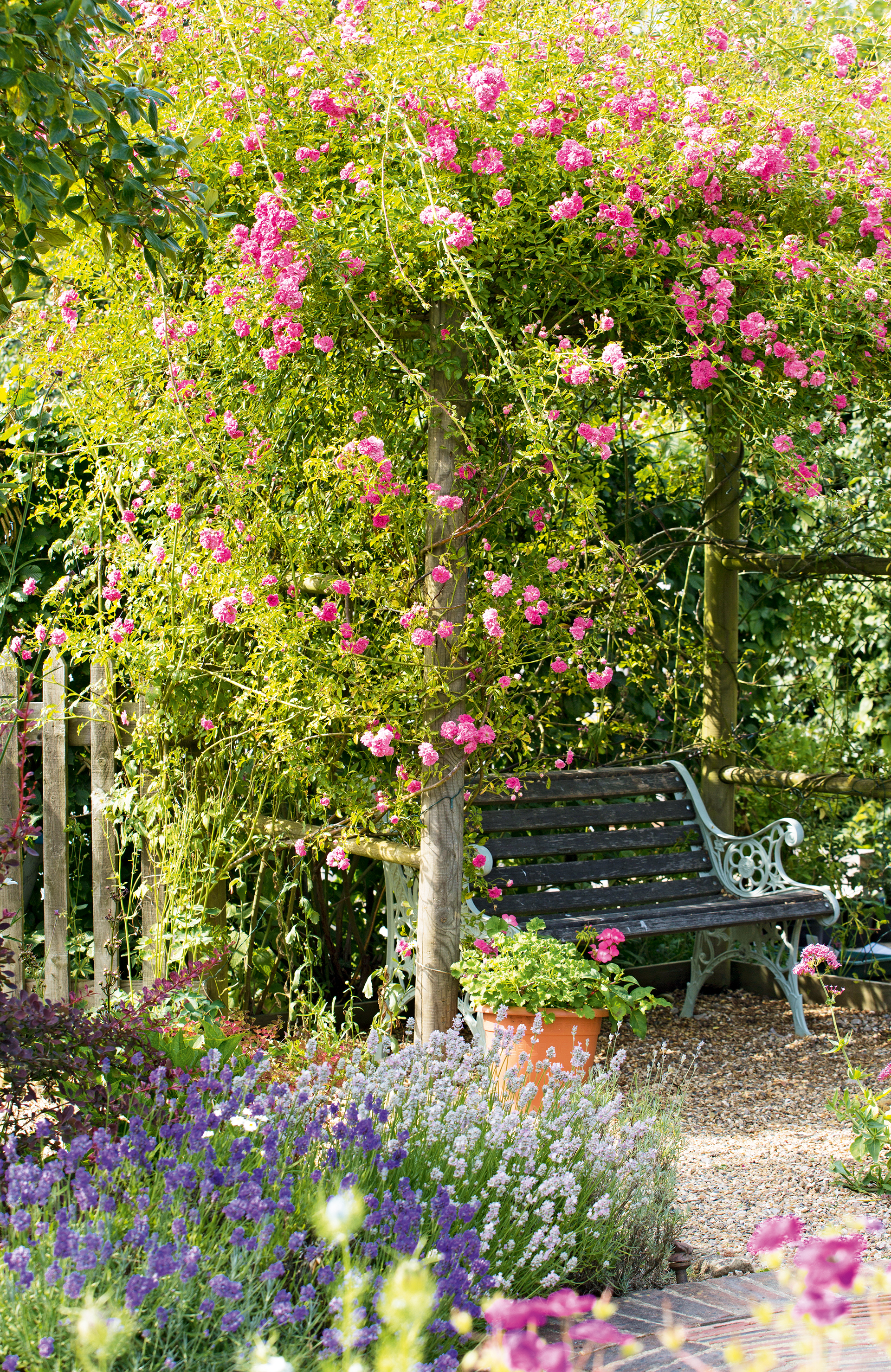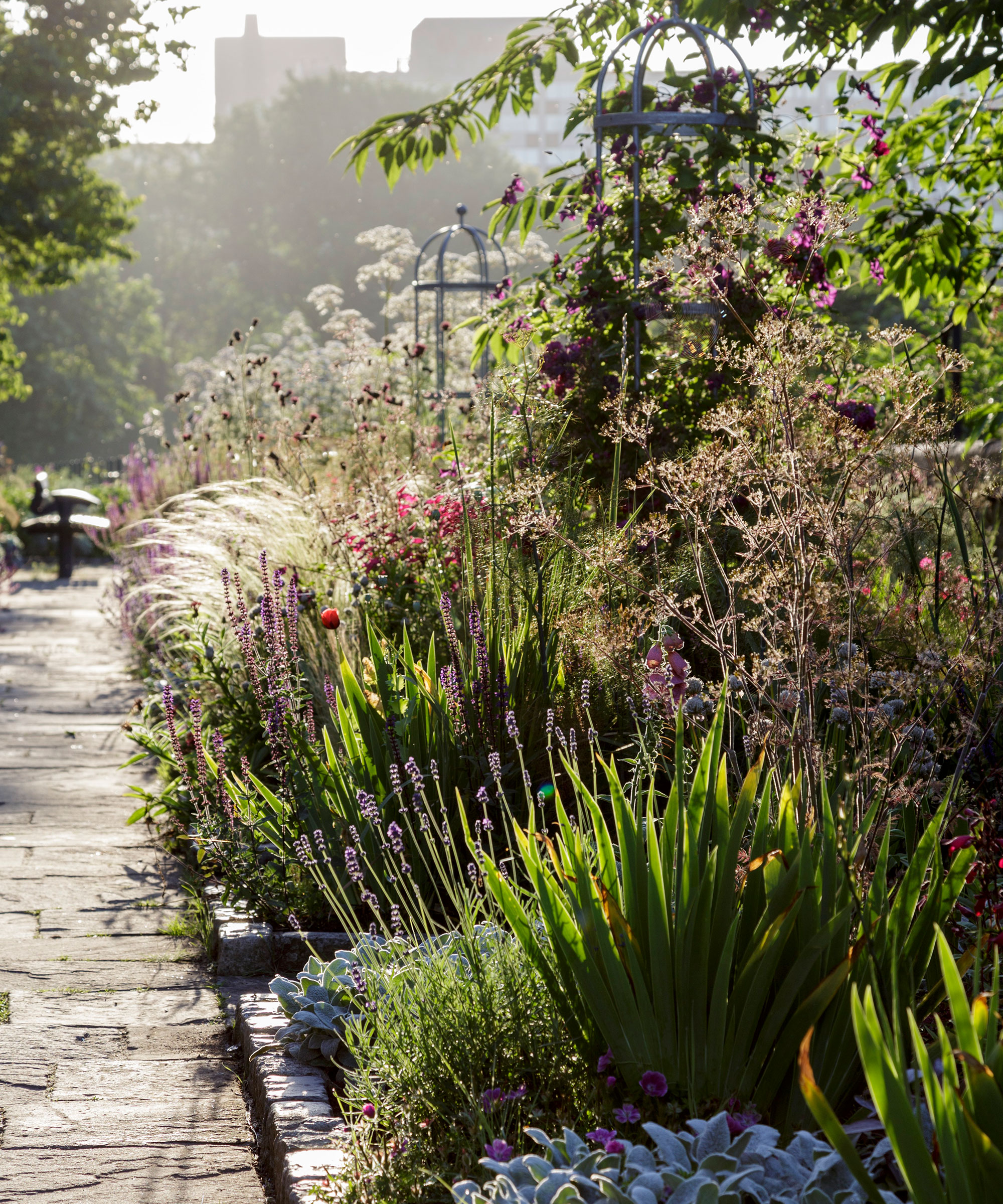Sun mapping a garden is essential for planting success – Gardener Scott tips will help you get it right
Sun map your garden to see a dramatic difference in the health of your plants; follow Gardener Scott's easy tips for creating your own sun map


Sun mapping is worth doing in any backyard, whether you're working on small space or rethinking the planting scheme in a large yard. All plants need sun to thrive, with many requiring six or more hours of sunlight to produce flowers and fruit. But did you know that even in a south-facing garden, the distribution of sun and shade is not always straightforward?
See: Backyard ideas – decor inspiration for outdoor spaces
Colorado-based gardening expert Gardener Scott recently gave his top tips for successful sun mapping. It's a lot easier than you might think and really worth doing.

1. Sun map over an entire year

Gardener Scott advises always doing your sun mapping before planting. It's a crucial step of all kitchen garden ideas, but also important for gardens with lots of flowering plants.
'You really need to see an entire year, at least an entire growing season, to figure out how the sun shines on your entire garden,' he says. And it's not just about the movement of the sun across your garden; you'll also need to see 'how structures and trees influence your garden.'
Sheds are the most obvious sunlight obstructions to consider, but mature trees can also make a dramatic difference to how much sun plants in front of them will get; 'a location behind a tree isn't in full sun,' Gardener Scott reminds us.
Ideally, you'll need to sun map 'from the spring equinox to the autumnal equinox' to future out 'what the sun will do in your garden'. And as you add other structures such as trellis 'you'll see that things change', with new shadows breaking up the sunlight in your garden. This will influence what plants will go where.
Design expertise in your inbox – from inspiring decorating ideas and beautiful celebrity homes to practical gardening advice and shopping round-ups.
- See: Raised bed garden ideas – build raised planters now for productive, low- maintenance gardening
2. Take regular photos of shadows in your backyard

Set aside one day a week during an entire six-month period to figure out how the sun moves across your garden. Start in early spring – the beginning of the growing season.
'Take a picture where the shadows are in your garden,' advises Scott. Do this in two-hour intervals from 8am till 6pm. Keep updating your map to know 'at what point do I get enough sun to have plants in this bed?'
The growing season is the most important part of the year to record – so, roughly between mid-March and mid-September.
See: North-facing garden ideas – how to make the best of a shady spot
3. Draw out the sun map

Take a sheet of paper, pencil, fluorescent markers, and begin drawing a rough map including any trees, beds and structures. Gardener Scott uses color coding to distinguish between morning, afternoon, and evening shadows, choosing a different pencil to draw each. You can also use grid paper and measure the shadows for a more exact map.
Do this sun map again in about two to three weeks. Scott explains that 'by the summer solstice, I don't need to do any more maps', because early spring will be the same as early fall.
4. Not keen on drawing? There's an easier way to sun map
If you don't want to do the drawing, there's an even easier way to create a sun map – by physically positioning different-colored flags to mark the shadows in your garden. The top tips for this method is to come out 'periodically during the growing season' and mark the edge of a 12 o'clock shadow and then come out later in the afternoon and mark the afternoon shadow. This way you can see which plants aren't doing well 'because of the way shadows move across your garden.'
See: Shade garden ideas – simple design and planting tips for your outdoor room
Whichever method you choose, Gardener Scott advises to choose the one you find the easiest: 'whatever works best for you, so that you can have more success in your garden, because you understand how sun and shade work.'

Anna is a professional writer and academic. She taught English Literature for several years before joining Future where she wrote for Real Homes, Homes & Gardens and Livingetc for four years. She is a regular contributor for Parade Home, BiggerPockets, and many other publications. In her spare time, Anna enjoys hiking and gardening.